Optimization of Vibration Characteristics of Fused Deposition Modeling Color 3D Printer Based on Modal and Power Spectrum Method
Abstract
:Featured Application
Abstract
1. Introduction
2. Methods
2.1. Simplification of the Overall Structure of the FDM 3D Printer
2.2. Modeling and Modal Analysis of the FDM Color 3D Printer
2.3. Selection of the Accelerometer and Arrangement of the Measuring Points
2.4. The Statistical Analysis Process of the Vibration Signal of the 3D Printer
3. Results
3.1. Modal Analysis Results of the Color 3D Printer
3.2. Analysis of Vibration Characteristics of the FDM Color 3D Printer
3.3. Power Spectrum Analysis of the Vibration Signals
3.4. Optimization of the FDM Color 3D Printer
4. Discussion
5. Conclusions
Author Contributions
Funding
Conflicts of Interest
References
- Turner, B.N.; Strong, R.; Gold, S.A. A review of melt extrusion additive manufacturing processes: I. Process design and modeling. Rapid Prototyp. J. 2014, 20, 192–204. [Google Scholar] [CrossRef]
- Balletti, C.; Ballarin, M.; Guerra, F. 3D printing: State of the art and future perspectives. J. Cult. Herit. 2017, 26, 172–182. [Google Scholar] [CrossRef]
- Shih, C.C.; Burnette, M.; Staack, D.; Wang, J.; Tai, B.L. Effects of cold plasma treatment on interlayer bonding strength in FFF process. Addit. Manuf. 2019, 25, 104–111. [Google Scholar] [CrossRef]
- Kim, M.K.; Lee, I.H.; Kim, H.-C. Effect of fabrication parameters on surface roughness of FDM parts. Int. J. Precis. Eng. Manuf. 2018, 19, 137–142. [Google Scholar] [CrossRef]
- Han, S.; Xiao, Y.; Qi, T.; Li, Z.; Zeng, Q. Design and analysis of fused deposition modeling 3D printer nozzle for color mixing. Adv. Mater. Sci. Eng. 2017, 2017, 2095137. [Google Scholar] [CrossRef]
- Kim, H.; Park, E.; Kim, S.; Park, B.; Kim, N.; Lee, S. Experimental study on mechanical properties of single- and dual-material 3D printed products. In Proceedings of the 45th SME North American Manufacturing Research Conference, Los Angeles, CA, USA, 4–8 June 2017; pp. 887–897. [Google Scholar]
- Reiner, T.; Carr, N.; Mech, R.; St’ava, O.; Dachsbacher, C.; Miller, G. Dual-color mixing for fused deposition modeling printers. Comput. Graph. Forum 2014, 33, 479–486. [Google Scholar] [CrossRef]
- Soares, J.B.; Finamor, J.; Silva, F.P.; Roldo, L.; Candido, L.H. Analysis of the influence of polylactic acid (PLA) colour on FDM 3D printing temperature and part finishing. Rapid Prototyp. J. 2018, 24, 1305–1316. [Google Scholar] [CrossRef]
- Porter, D.A.; Hoang, T.V.T.; Berfield, T.A. Effects of in-situ poling and process parameters on fused filament fabrication printed PVDF sheet mechanical and electrical properties. Addit. Manuf. 2017, 13, 81–92. [Google Scholar] [CrossRef] [Green Version]
- Balani, S.B.; Chabert, F.; Nassiet, V.; Cantarel, A. Influence of printing parameters on the stability of deposited beads in fused filament fabrication of poly(lactic) acid. Addit. Manuf. 2019, 25, 112–121. [Google Scholar] [CrossRef]
- Ali, M.H.; Mir-Nasiri, N.; Ko, W.L. Multi-nozzle extrusion system for 3D printer and its control mechanism. Int. J. Adv. Manuf. Technol. 2016, 86, 999–1010. [Google Scholar] [CrossRef]
- Brunton, A.; Arikan, C.A.; Urban, P. Pushing the limits of 3D color printing: Error diffusion with translucent materials. ACM Trans. Graph. 2015, 35, 4. [Google Scholar] [CrossRef]
- Tlegenov, Y.; Wong, Y.S.; Hong, G.S. A dynamic model for nozzle clog monitoring in fused deposition modelling. Rapid Prototyp. J. 2017, 23, 391–400. [Google Scholar] [CrossRef]
- Minetola, P.; Galati, M. A challenge for enhancing the dimensional accuracy of a low-cost 3D printer by means of self-replicated parts. Addit. Manuf. 2018, 22, 256–264. [Google Scholar] [CrossRef]
- Xu, Z.M.; Wang, H.B.; Yang, G. Research on the influence of geometrical parameters on the contour precision of 3D printing parts. Mach. Des. Manuf. 2017, 5, 113–115. [Google Scholar]
- Han, S.L.; Qi, T.; Li, Z.Y.; Xu, H.G. Precision analysis and experimental investigations of fused deposition molding technology. Mach. Tool Hydraul. 2017, 45, 90–94. [Google Scholar]
- Armillotta, A.; Bellotti, M.; Cavallaro, M. Warpage of FDM parts: Experimental tests and analytic model. Robot. Comput. Integr. Manuf. 2018, 50, 140–152. [Google Scholar] [CrossRef]
- Mohamed, O.A.; Masood, S.H.; Bhowmik, J.L. Optimization of fused deposition modeling process parameters for dimensional accuracy using I-optimality criterion. Measurement 2016, 81, 174–196. [Google Scholar] [CrossRef]
- Bi, C.F. The kinematic analysis and simulation of 3D print parallel robot mechanism based on RecurDyn. Mach. Des. Manuf. 2016, 3, 243–246. [Google Scholar]
- Tlegenov, Y.; Hong, G.S.; Lu, W.F. Nozzle condition monitoring in 3D printing. Robot. Comput. Integr. Manuf. 2018, 54, 45–55. [Google Scholar] [CrossRef]
- Azmi, M.S.; Ismail, R.; Hasan, R.; Alkahari, M.R.; Tokoroyama, T. Vibration analysis of FDM printed lattice structure bar. In Proceedings of the SAKURA Symposium on Mechanical Science and Engineering, Nagoya, Japan, 12 September 2017; pp. 33–35. [Google Scholar]
- Bagheri, S.; Nikkar, A.; Ghaffarzadeh, H. Study of nonlinear vibration of Euler-Bernoulli beams by using analytical approximate techniques. Lat. Am. J. Solids Struct. 2014, 11, 157–168. [Google Scholar] [CrossRef] [Green Version]
- Pandotra, H.; Malhotra, E.; Rajwade, A.; Gurumoorthy, K.S. Signal recovery in perturbed fourier compressed sensing. In Proceedings of the 2018 IEEE Global Conference on Signal and Information Processing, Anaheim, CA, USA, 26–28 November 2018; pp. 326–330. [Google Scholar]
- Rao, P.K.; Liu, J.; Roberson, D.; Kong, Z.; Williams, C. Online real-time quality monitoring in additive manufacturing processes using heterogeneous sensors. J. Manuf. Sci. Eng. Trans. ASME 2015, 137, 061007. [Google Scholar] [CrossRef]
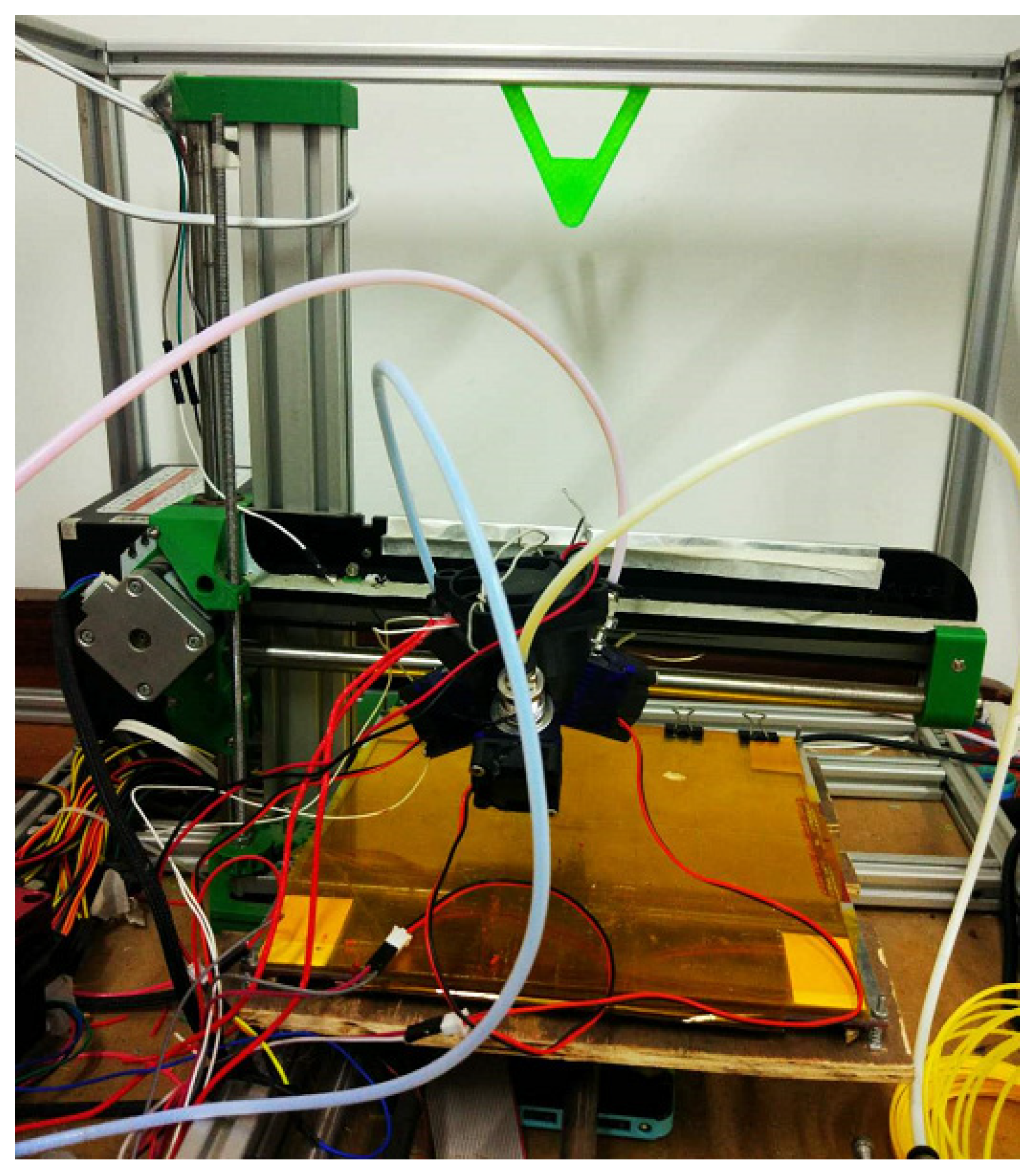
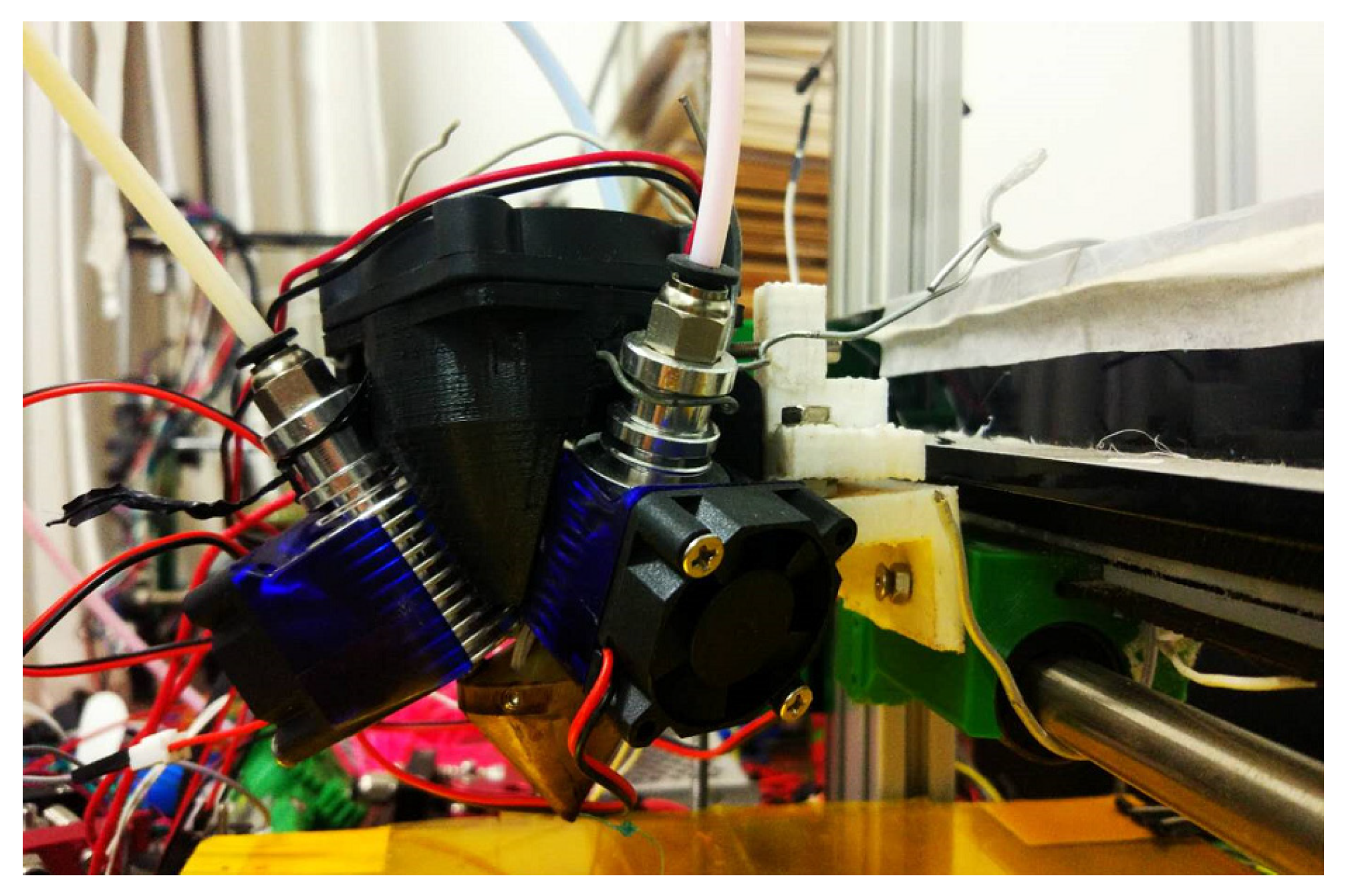
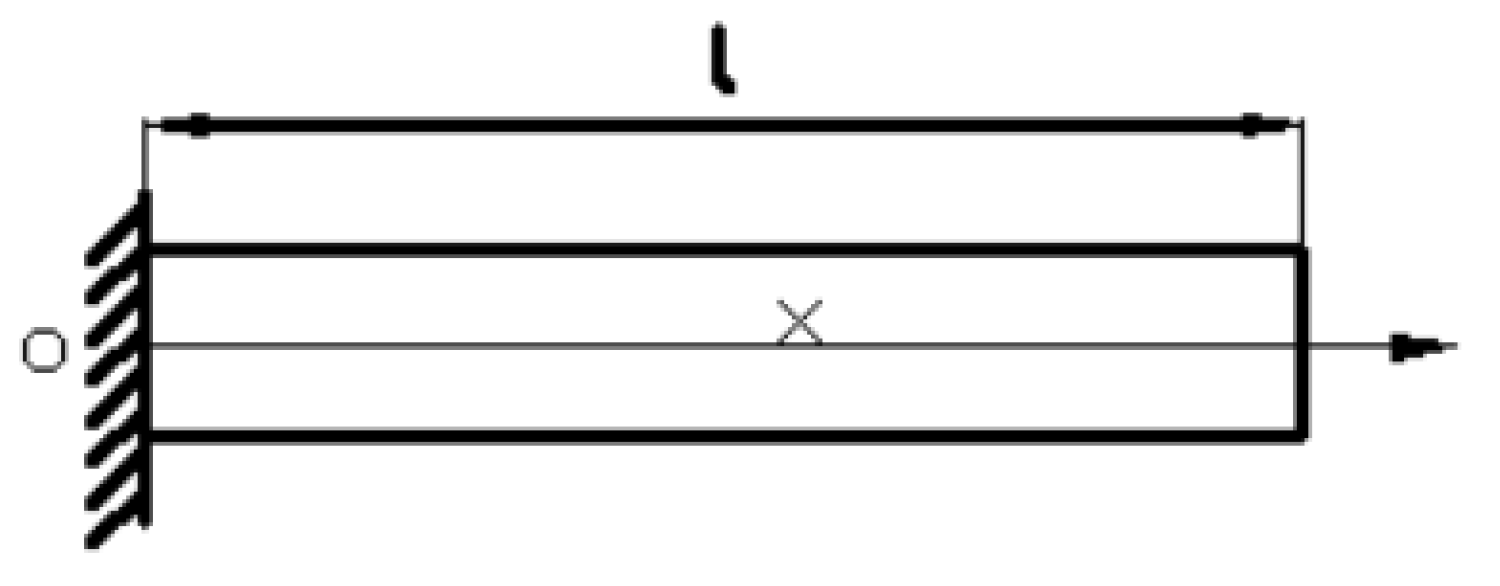
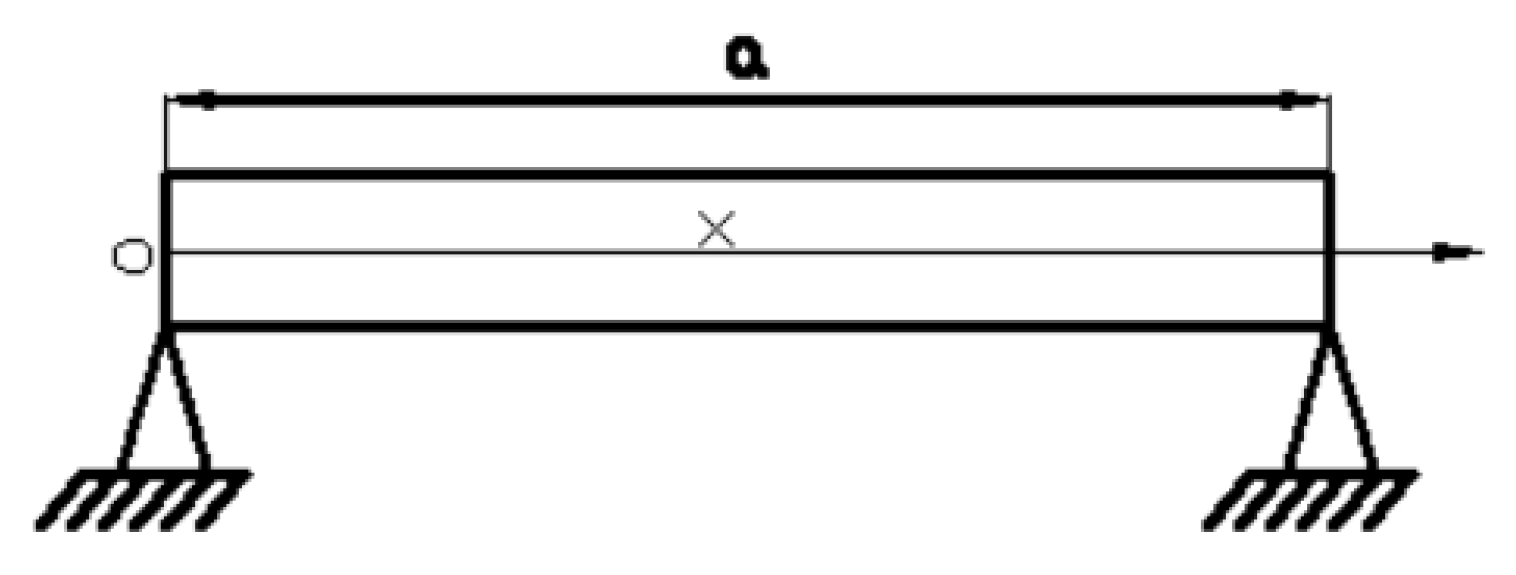

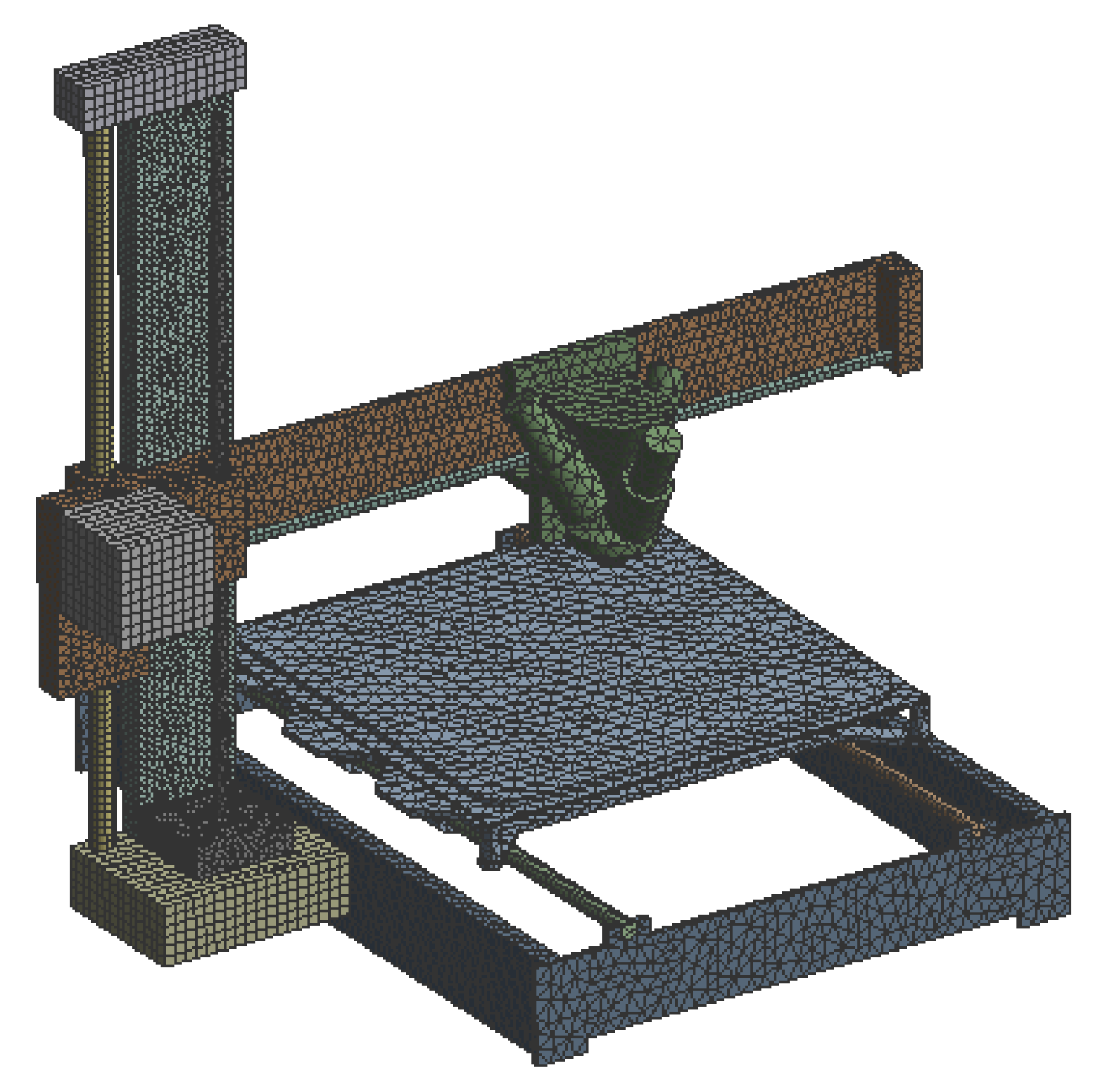
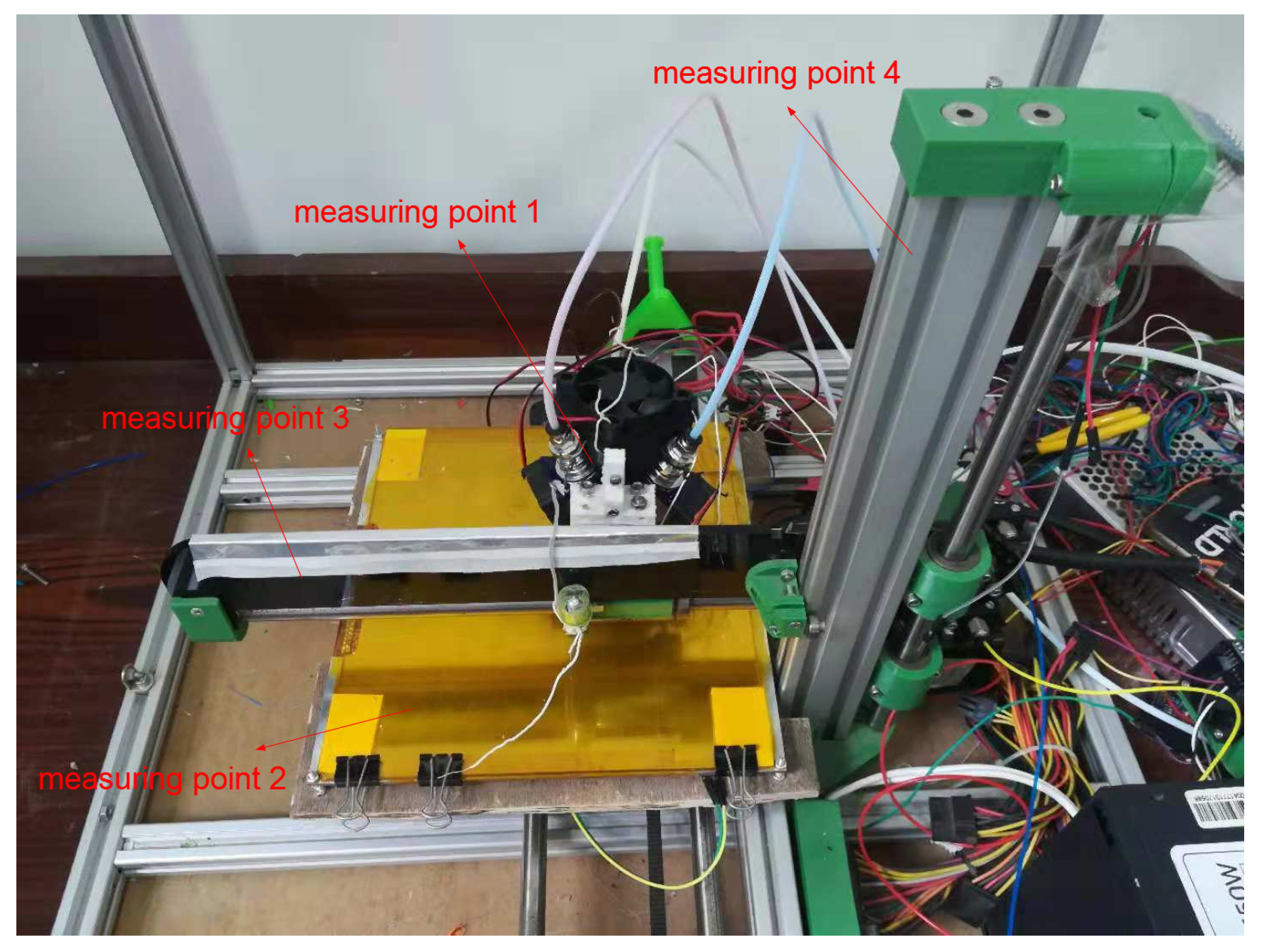
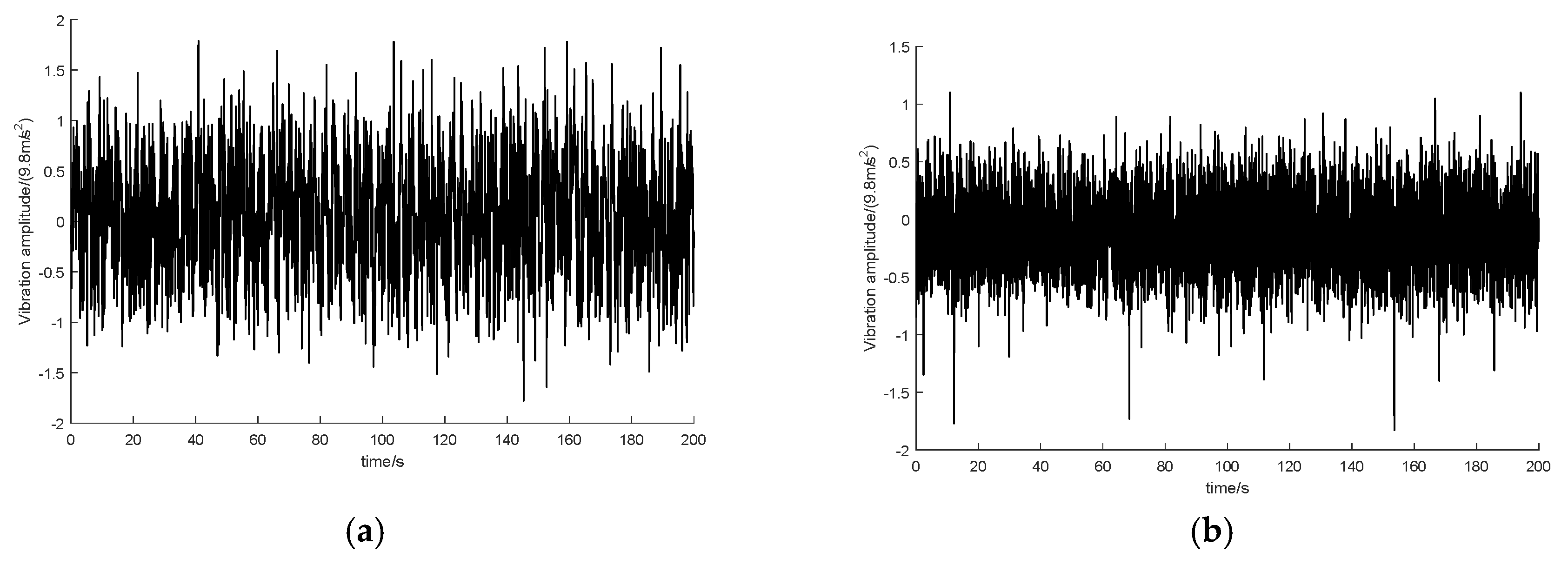
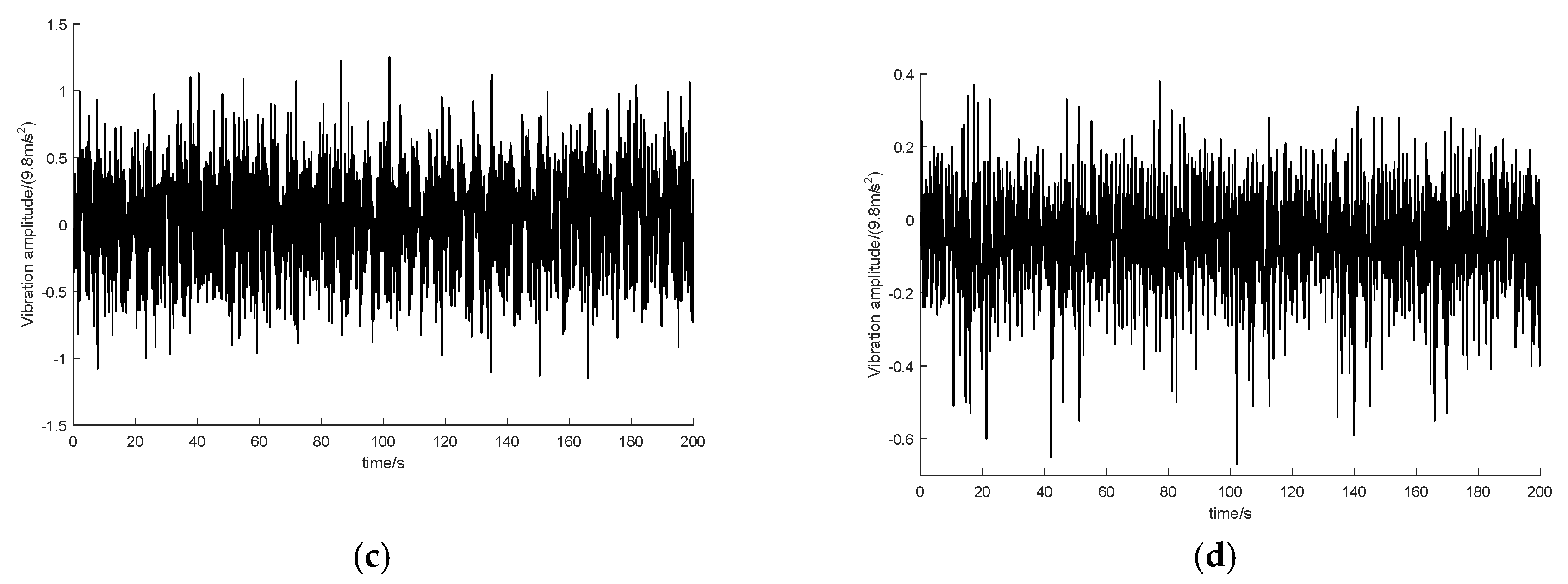
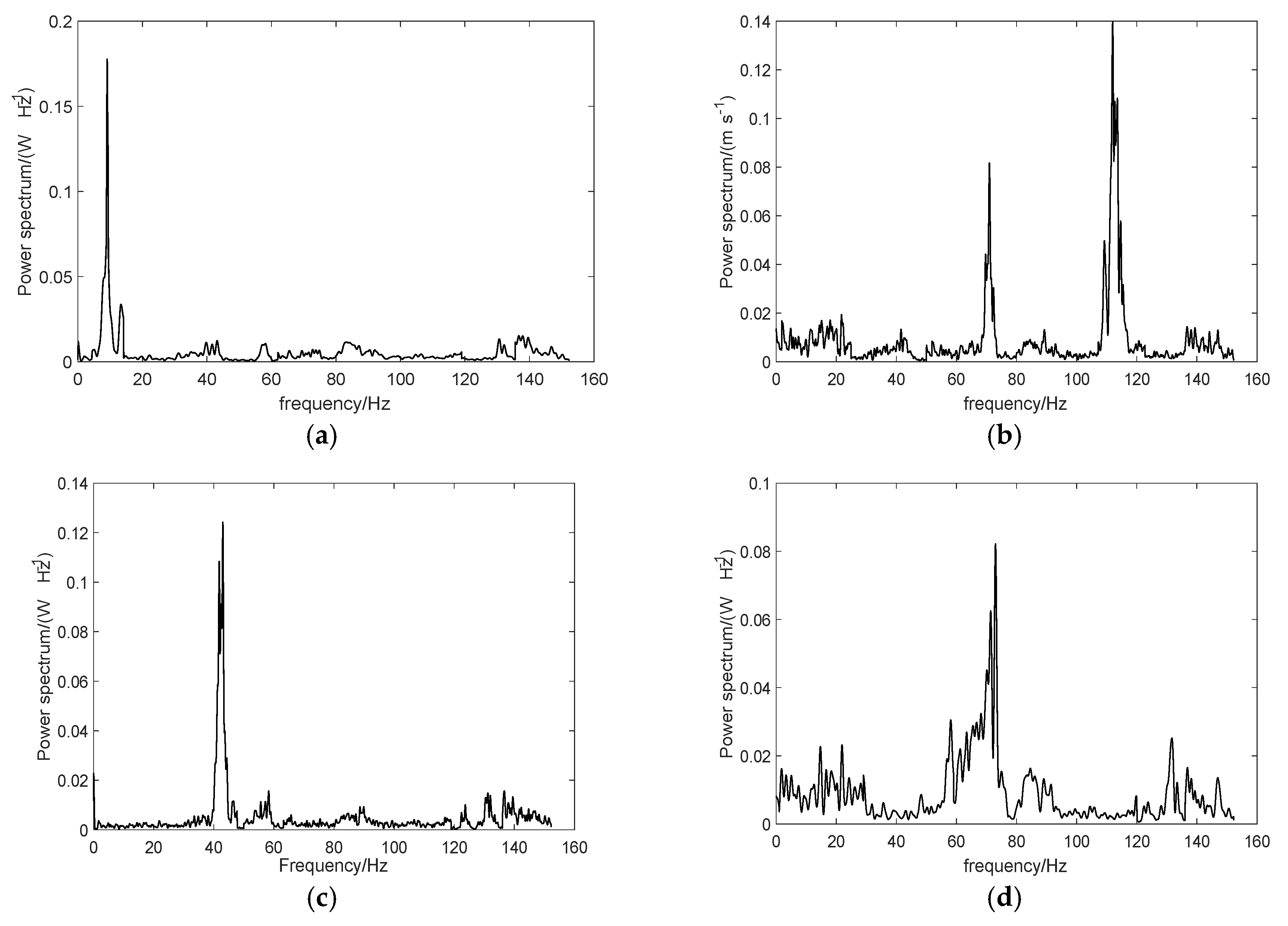

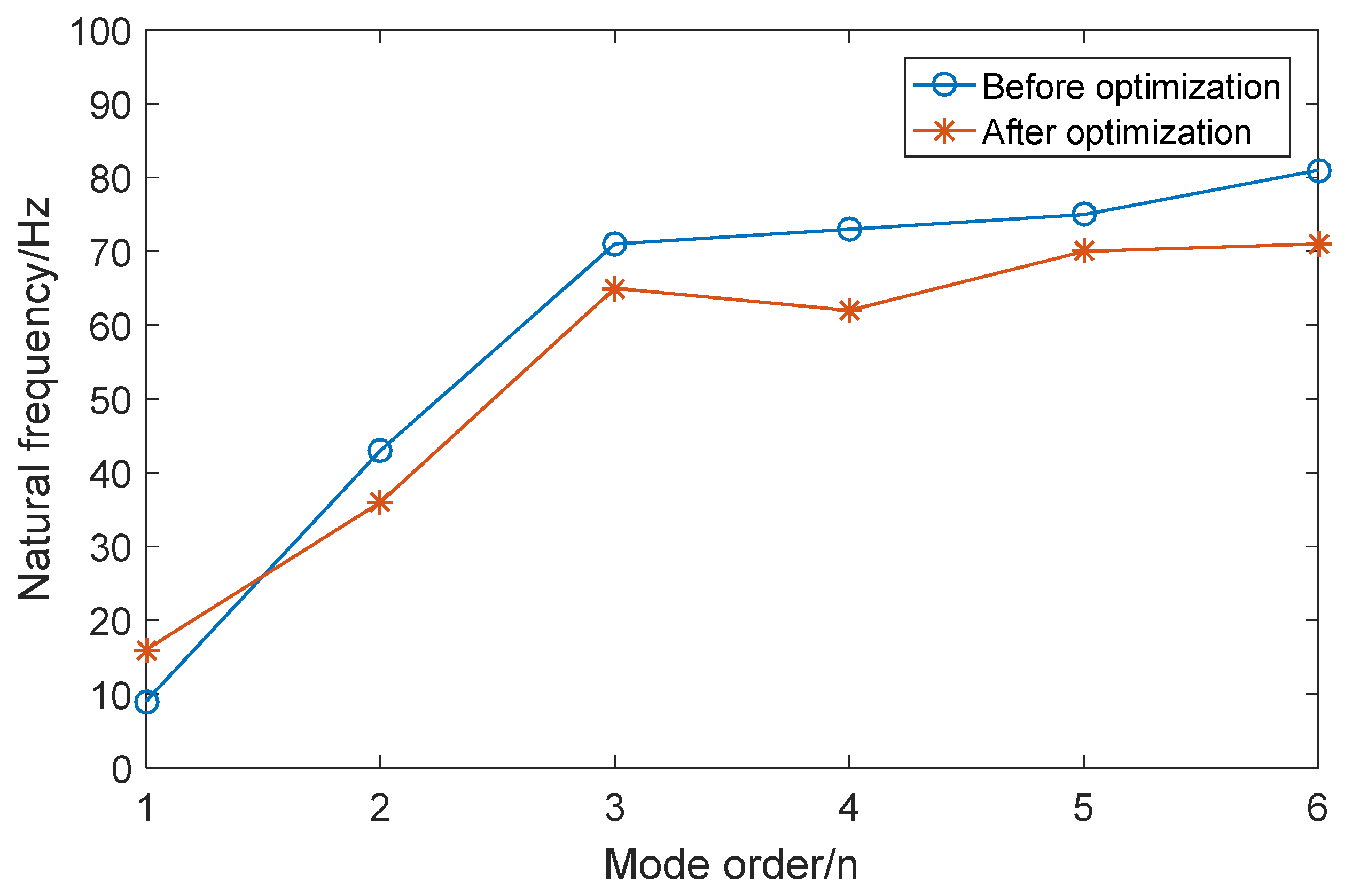
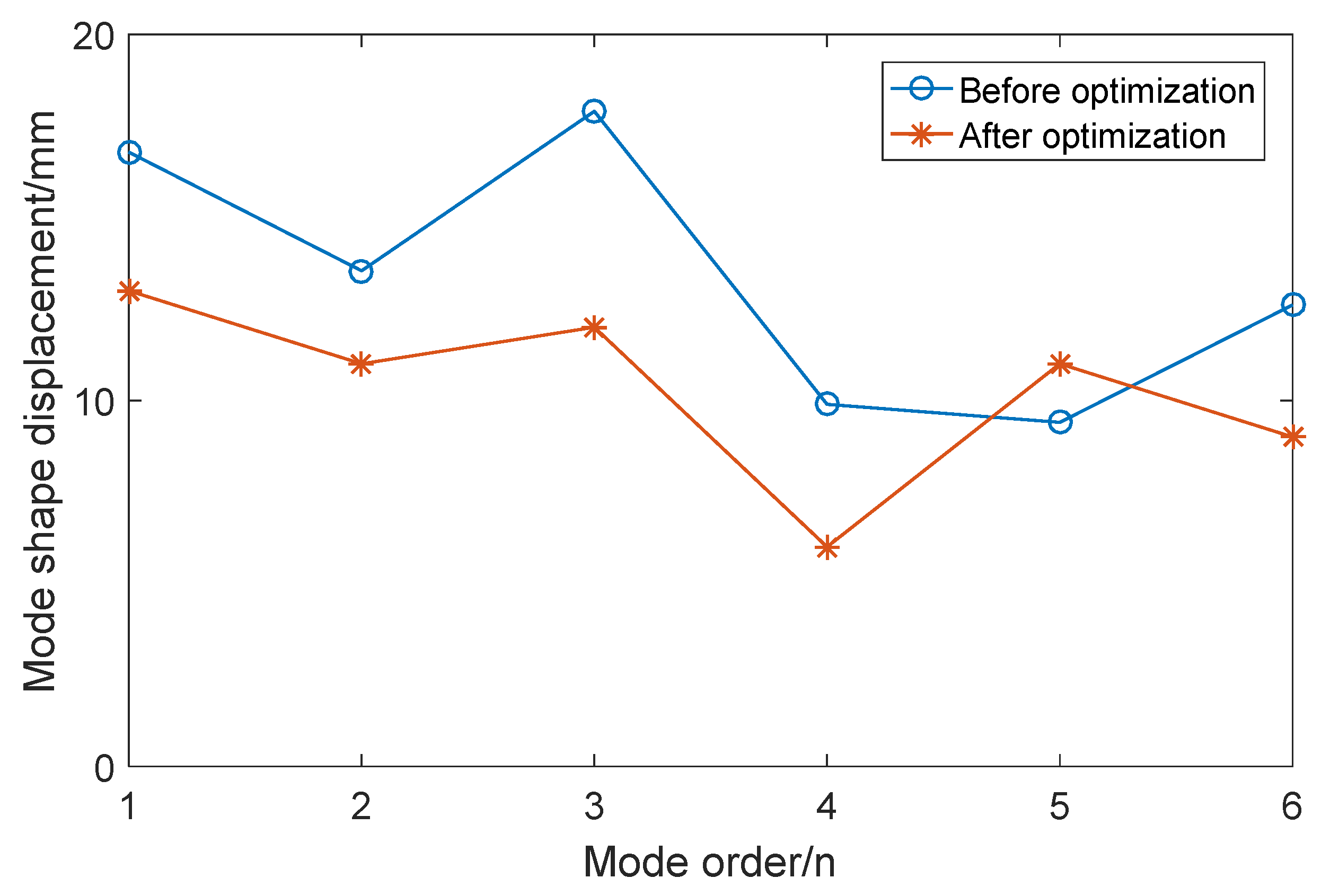
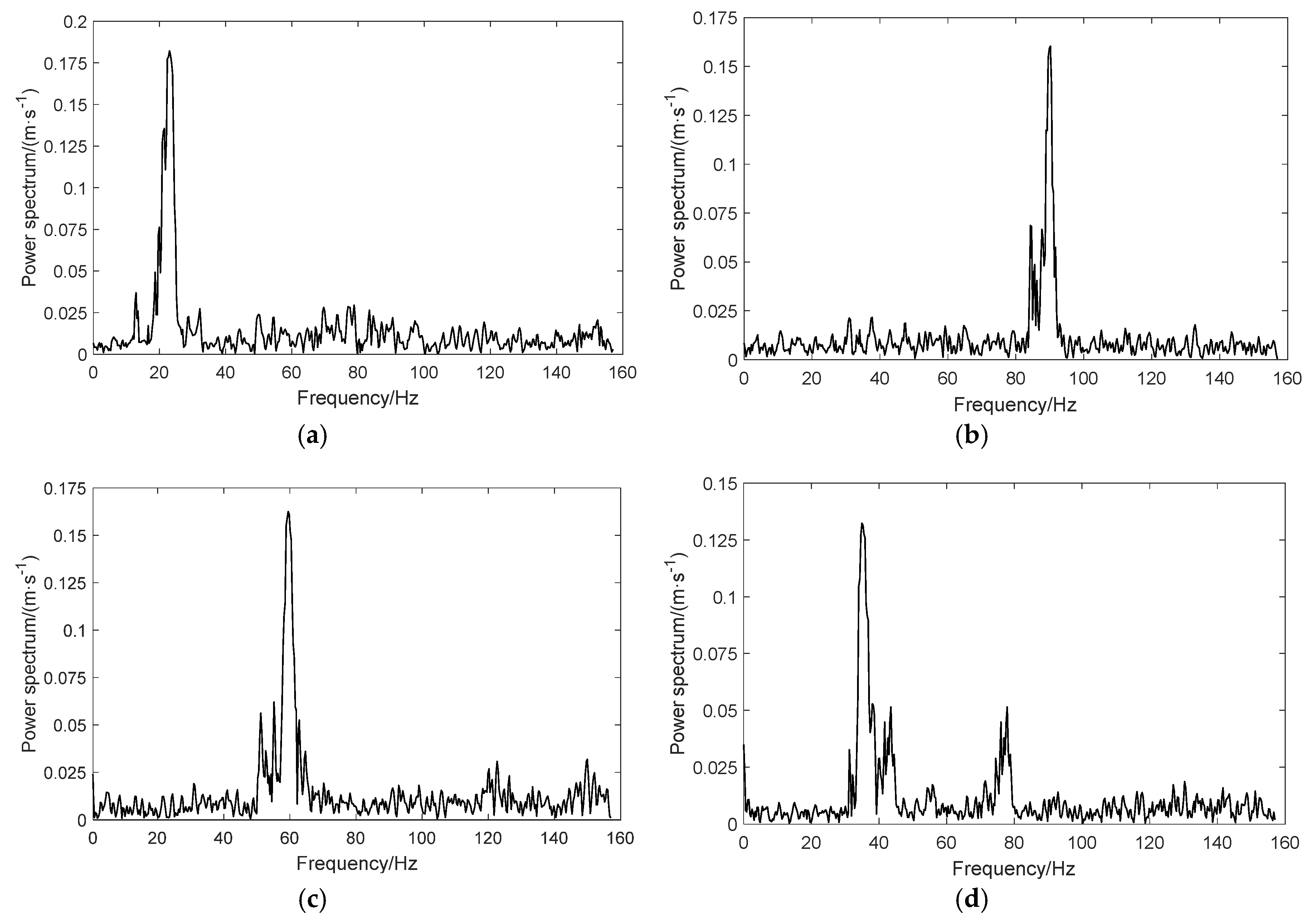


| Material | Elastic Modulus (GPa) | Poisson’s Ratio | Density (kg·m−3) |
|---|---|---|---|
| ABS | 3 | 0.394 | 1050 |
| Aluminum alloy | 71 | 0.33 | 2770 |
| Q235 | 207 | 0.29 | 7850 |
| Copper | 119 | 0.326 | 8900 |
| Order | Natural Frequency (Hz) | Main Mode |
|---|---|---|
| 1 | 9.985 | Nozzle bending along the x-axis |
| 2 | 43.094 | Crossbeam bending along the y-axis |
| 3 | 72.212 | Nozzle torsion along the z-axis |
| 4 | 72.29 | Hotbed bending along the y-axis |
| 5 | 75.071 | Hotbed torsion along the x-axis |
| 6 | 81.745 | Main beam torsion along the y-axis |
| Size Error (mm) | |||
|---|---|---|---|
| X-Direction | Y-Direction | Z-Direction | |
| Before optimization | 0.21 | 1.38 | 0.08 |
| After optimization | 0.15 | 0.3 | 0.03 |
© 2019 by the authors. Licensee MDPI, Basel, Switzerland. This article is an open access article distributed under the terms and conditions of the Creative Commons Attribution (CC BY) license (http://creativecommons.org/licenses/by/4.0/).
Share and Cite
Zhang, D.; Li, Z.; Qin, S.; Han, S. Optimization of Vibration Characteristics of Fused Deposition Modeling Color 3D Printer Based on Modal and Power Spectrum Method. Appl. Sci. 2019, 9, 4154. https://doi.org/10.3390/app9194154
Zhang D, Li Z, Qin S, Han S. Optimization of Vibration Characteristics of Fused Deposition Modeling Color 3D Printer Based on Modal and Power Spectrum Method. Applied Sciences. 2019; 9(19):4154. https://doi.org/10.3390/app9194154
Chicago/Turabian StyleZhang, Dawei, Zhiyong Li, Shengxue Qin, and Shanling Han. 2019. "Optimization of Vibration Characteristics of Fused Deposition Modeling Color 3D Printer Based on Modal and Power Spectrum Method" Applied Sciences 9, no. 19: 4154. https://doi.org/10.3390/app9194154





